The Re-Set Process for Students: Self-Regulation in the Time of COVID-19
August 11, 2020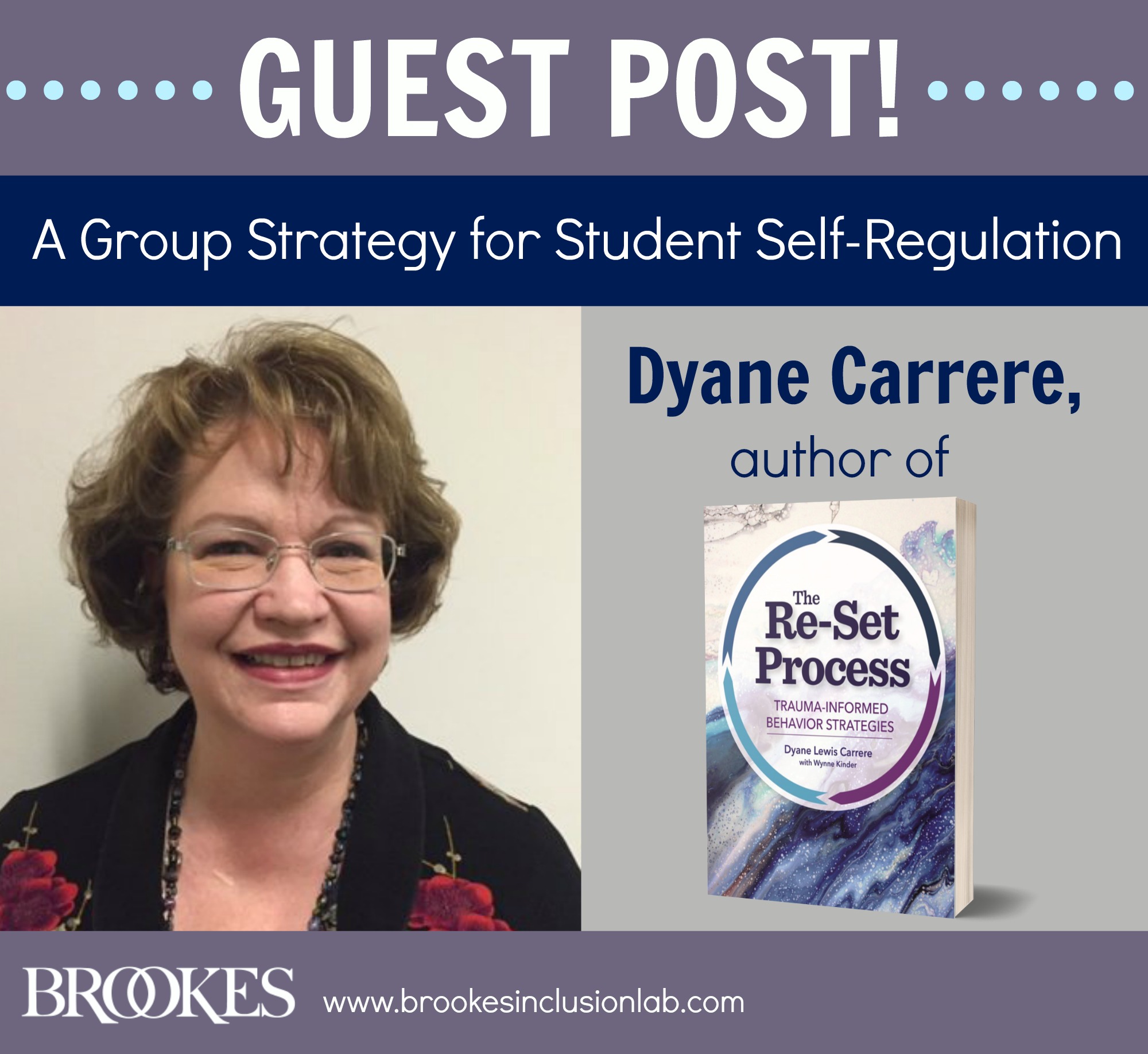
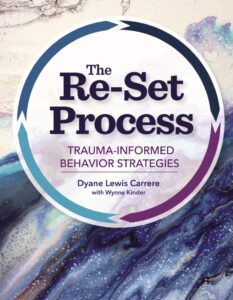 As the new school year begins in schools and in homes across the country, self-regulation will be essential to students’ social-emotional well-being and readiness for learning. This week, we’re pleased to welcome back Dyane Carrere, an expert on self-regulation and the author of the upcoming book The Re-Set Process: Trauma-Informed Behavior Strategies. Dyane was here last week to talk about how teachers and other adults can use her neuroscience-based Re-Set Process as a critical self-care strategy as schools reopen. This week, she’ll describe how to use the Re-Set Process with a group of students to help them get regulated and ready to focus on your lessons.
As the new school year begins in schools and in homes across the country, self-regulation will be essential to students’ social-emotional well-being and readiness for learning. This week, we’re pleased to welcome back Dyane Carrere, an expert on self-regulation and the author of the upcoming book The Re-Set Process: Trauma-Informed Behavior Strategies. Dyane was here last week to talk about how teachers and other adults can use her neuroscience-based Re-Set Process as a critical self-care strategy as schools reopen. This week, she’ll describe how to use the Re-Set Process with a group of students to help them get regulated and ready to focus on your lessons.
***
A few weeks after schools began to close their buildings because of COVID-19, I surveyed educators asking: What are you most concerned about for your students as a result of this pandemic?
Some educators expressed worries about academic progress and access to appropriate accommodations. Others described significant concerns regarding the vast digital divide that would leave some children behind. However, most of the responses were focused on concerns about students’ physical well-being (e.g., enough food, physical safety, home security) and emotional well-being (e.g., high levels of personal and familial stress, not being authentically heard as they process their worries/perceptions, loss of structure and routine, loss of social interactions, loss of access to mental health supports).
As we approach the 2020-2021 school year, the educational community is again expressing great concern about students’ physical and mental health. In last week’s blog post, we began answering the mental health part of the equation by addressing the importance of adult regulation; adults need to care for their own mental well-being in order to be ready to lead students. Today we turn to students’ regulation specifically, as one strategy for supporting their mental health.
As a reminder, self-regulation is the ability to manage one’s physical activity, attention, and emotions in order to function successfully in the world. When our students return to us virtually or physically, we are likely to discover that some of their key social and emotional skills have been disrupted by the lack of predictability, the intensity of concern, and the duration of the COVID-19 experience. Students may have lost some of their ability to focus, to think outside of their immediate needs, and to interact with others in a productive manner—all due to the high levels of stress chemicals their bodies and brains now hold.
Here’s a bit of good news, though. Science informs us that we can directly reduce those stress chemicals by engaging in specific kinds of activities, whether your students are in front of you in a physical classroom or on a screen. And here is even more good news—we can teach them how to do the same kinds of things for themselves when we are not present. One final gift is that, in guiding our students, we also will reduce our own stress chemicals. So, let’s dive in!
If you want more focused, more settled, more cognitively ready students, begin each day or each online session by guiding them through a Proactive Whole Class Re-Set. This form of my neurologically based Re-Set Process has 3 prescribed steps and takes less than 5 minutes to help students become calmer, more regulated, and ready to learn. If the idea of “prescribed” turns you off, have no fear: there is room for you to be creative and still meet the specific developmental needs of your class within the framework. And don’t worry—you can do this process in a socially distanced classroom, or on Zoom. Let’s look at the steps.
The Proactive Whole Class Re-Set Process
Step 1: Move Your Body.
Engage in big movements, done in a repetitive manner and to an even “count” in order to burn off stress chemicals in your students’ brains and bodies. Do 10 repetitions of one type of movement.
Examples: Try running in place next to desks or tables, doing lunges, engaging in a fun dance, lifting small weights, doing a “helicopter” motion (hold arms straight out and rotate trunk to move arms), doing chair push-ups (placing hands next to thighs and pushing the body up, not necessarily off, the chair), making large and fast arm circles, touching toes, or doing jumping jacks.
Avoid: Movements that are beyond students’ physical abilities, or anything with an aggressive undertone (e.g., punching in the air).
Step 2: Modulate Down.
Engage in a smaller or more controlled movement for 10 repetitions—again, to a count. Then transition to a focus on the senses or breath (3 repetitions) in order to settle and focus more.
Examples of controlled movement: Slower toe touches, slower arm circles, slower marching, isometrics, slow stretches, slow shoulder shrugs, standing yoga position like “tree” or “warrior.”
Examples of focus-on-senses or breath: Listen for a chime to fade, tighten muscles and then release them while paying attention to the feeling of the release, take a belly breath (breathe in and then release a long, slow breath), take a breath with a visual guide like this one. Do at least 3 of these breaths or focus-on-senses activities.
Avoid: Asking students to close their eyes, which can increase stress. Instead, let them know that they can rest their eyes on a particular spot.
Step 3: Activate Thinking.
Engage the cognitive portions of the brain in order to “prime the thinking engine.” Do one activity.
Examples: Say words in a category (e.g., animals, scientific processes, pronouns, colors, sports), skip count, come up with synonyms or antonyms for a word, have students spell their own name, think of rhyming words, recite a familiar poem or chant.
Avoid: Tasks that are too hard. The activity should be a skill that is mastered and easy for all involved students. Always allow for passes and repeats.
That’s it! After these three steps, your students will be better prepared to learn and interact with one another more successfully. And you’ll probably be feeling better as well.
If I’m already doing mindful practices with my students, isn’t that enough?
For those of you who already do mindful practices (essentially, Step 2) with your students, you may be wondering why you should do the additional steps of the Re-Set Process. There are some important reasons why.
First, when we carry higher levels of stress chemicals in our systems, we settle more effectively when we burn those chemicals off faster. That’s what happens in Step 1.
Step 2 clears the mind with mindfulness practices; you may have already seen the benefits of mindfulness in your own students. But it can be challenging for some students to shift directly into high learning gear. Step 3 helps students gently ease into a learning state, so they are ready for instructional activities.
By doing this process time and time again, we are creating calming pathways in our students’ brains—building an internal “default” for them to use when we are not around. Certainly, for children in Grades 3 through 12, we can bring these steps into their cognitive awareness and explicitly state the purpose of each step. Depending on the students, we might be able to do this with younger ones as well.
What if some students don’t engage?
If students don’t want to engage at first, allow them to watch you and their peers do it, so they can develop a sense of comfort with the process. Remember, establish safety first. Because choice also creates a sense of safety, you might consider providing two options at both Steps 1 and 2, allowing students to choose their movements. Consider what role models you might be able to bring in to teach steps of the process. For example, I have used YouTube videos of athletes talking about breathing, to help self-conscious older students get comfortable with this step before integrating it into the full process.
Going forward
New things take time to feel natural, but the payoff is worth the perseverance. We are not only helping students be more ready to learn during this intense time, we are also giving them a skill that they can use throughout their lives.
***
Thanks to Dyane for being here on the blog today and last week and sharing some practical applications for the Re-Set Process. Dyane will be back on the Inclusion Lab in October with more tips and insights. Until then, definitely check out her upcoming book, The Re-Set Process: Trauma-Informed Behavior Strategies—follow the link below to learn more!
 The Re-Set Process
The Re-Set Process
Trauma-Informed Behavior Strategies
By Dyane Lewis Carrere, M.Ed., with Wynne Kinder, M.Ed.
When students with histories of trauma struggle with self-regulation and challenging behaviors, traditional interventions often fall short. Educators need a clear and consistent trauma-informed process to help students re-regulate and return to learning—and that’s what they’ll find in this reader-friendly guide to the Re-Set Process, a neuroscience-based approach to improving behavioral success in children from Grades K–8.
In addition to supporting implementation of the Re-Set Process, this comprehensive guide examines the science of trauma that is most relevant to educators, explains how that trauma impacts students’ functioning, and provides the reader with a wide array of practical strategies for meeting trauma-based needs. Readers will also get a complete package of more than 30 online downloads to help them implement the Re-Set Process, including planning forms, blank templates, activity sheets, and a book study guide suitable for individuals and groups.
LEARN MORE NOW

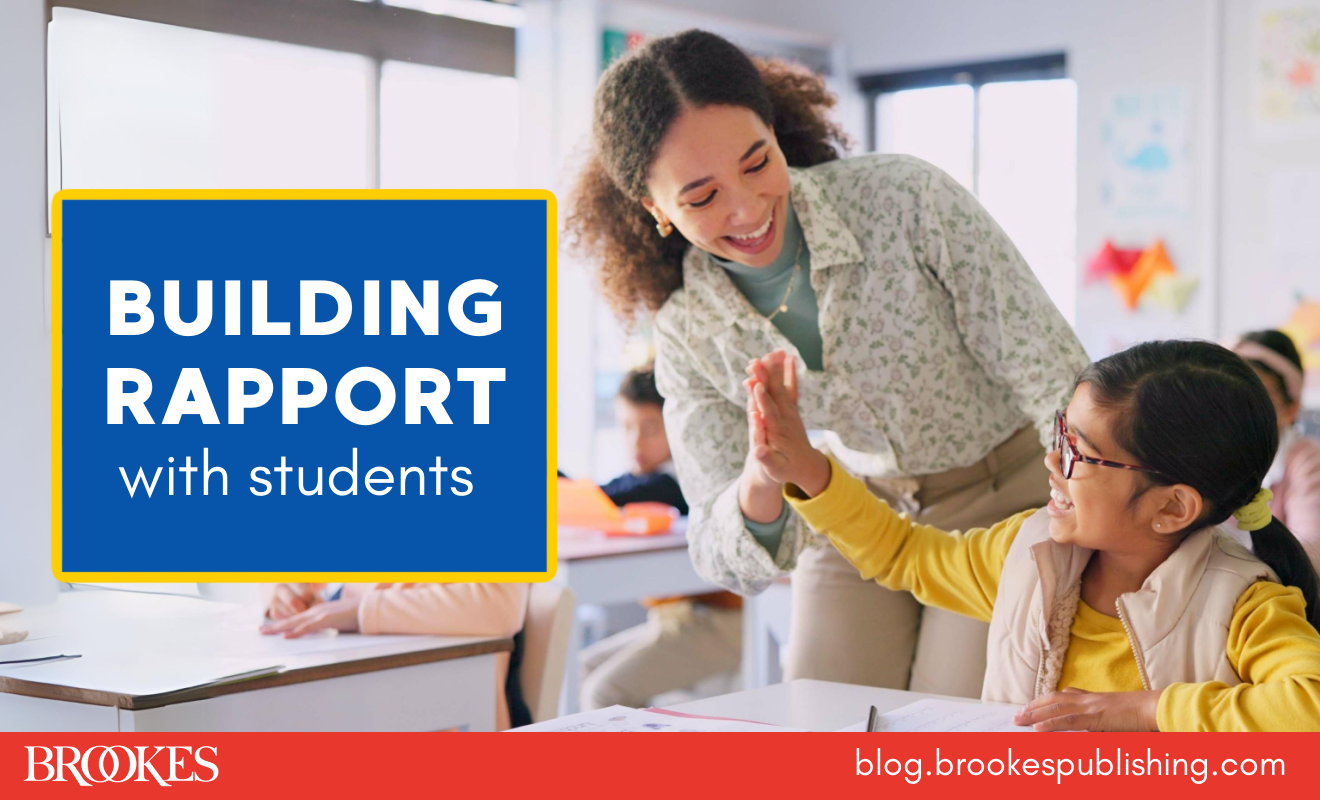
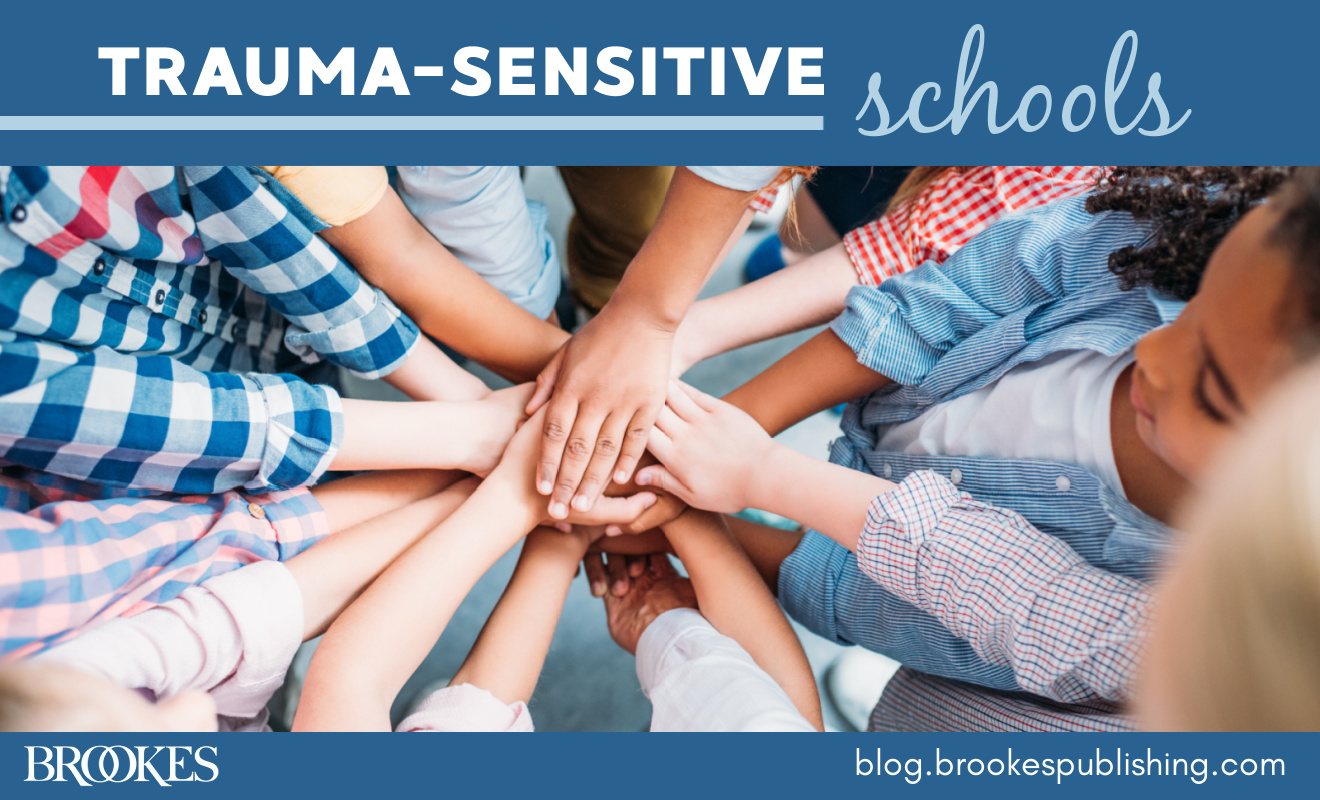
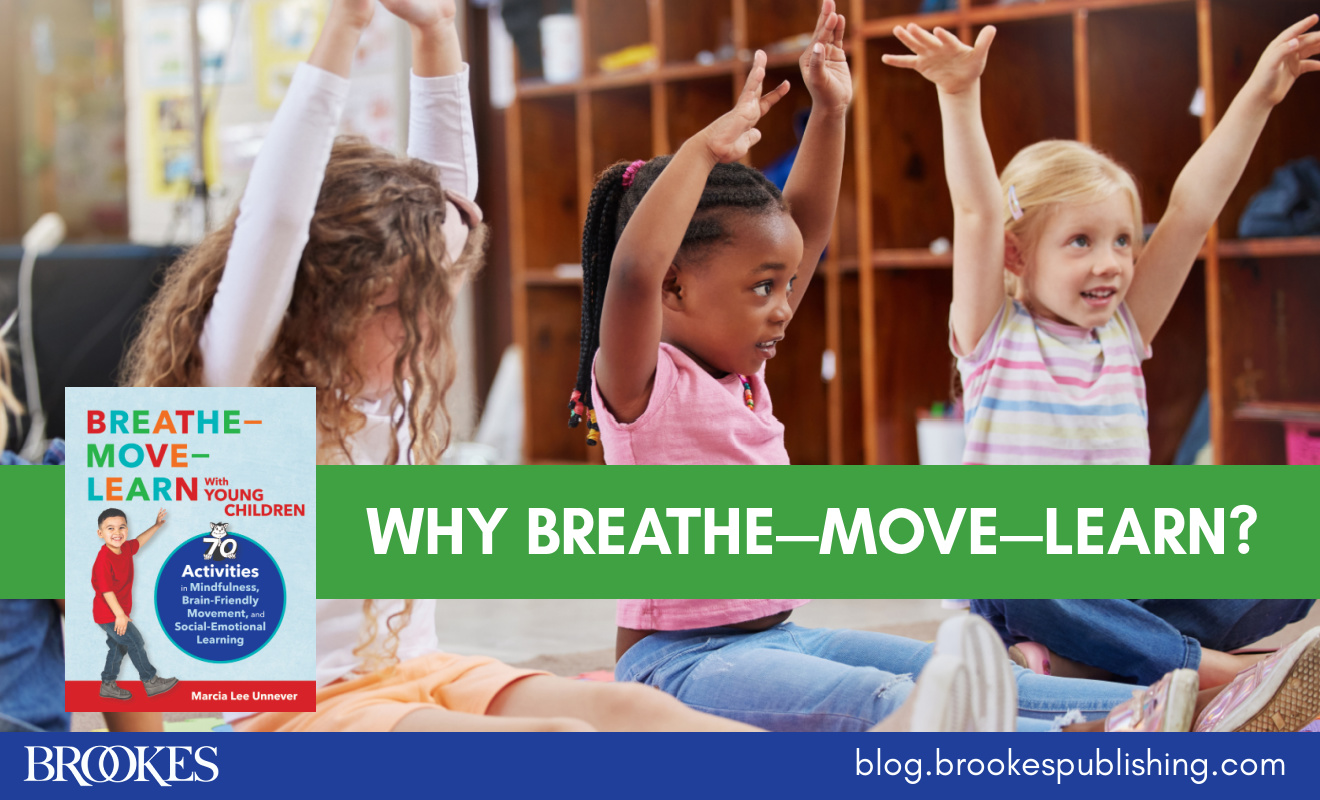
Write a Comment
Your email address will not be published. Required fields are marked *
Post a Comment